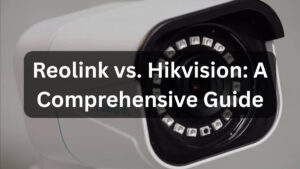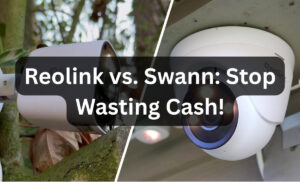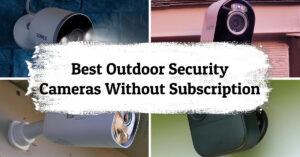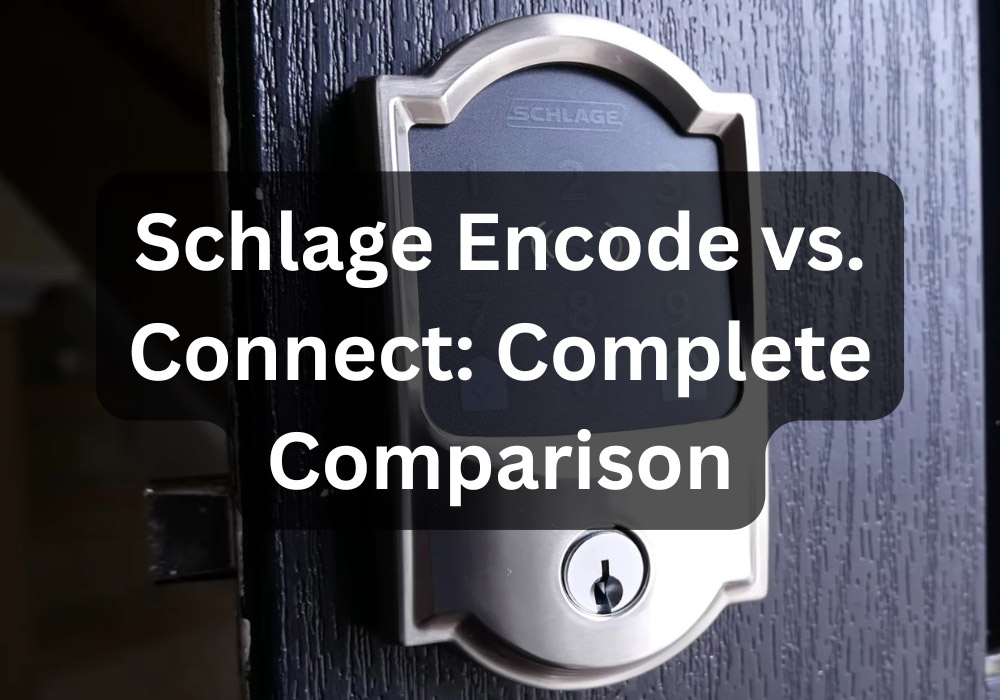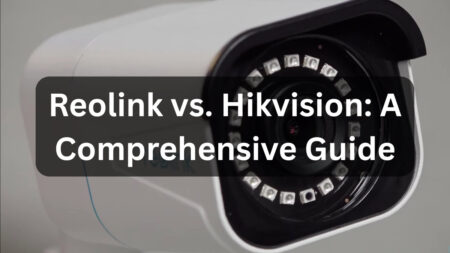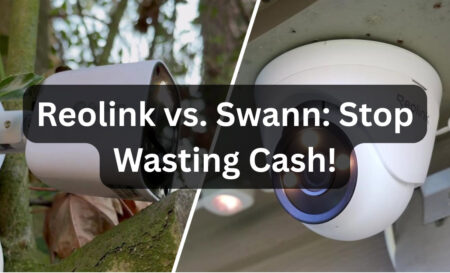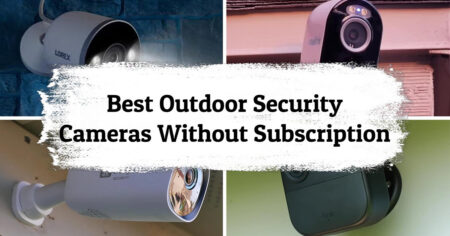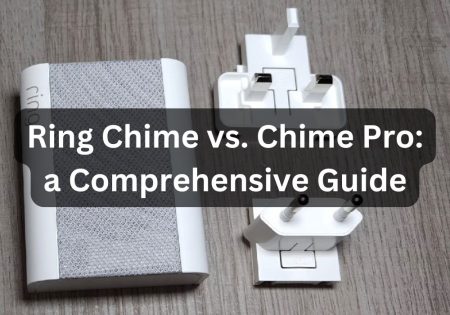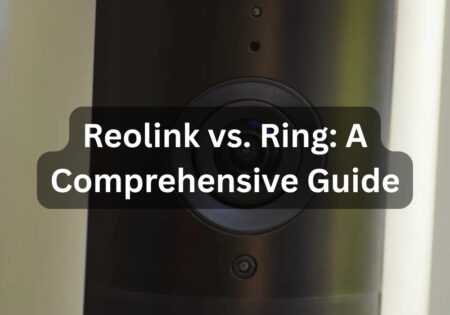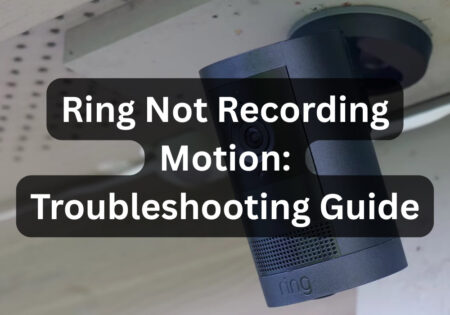Comparing Schlage Encode vs. Connect helps you choose the option that best suits your needs. There’s really not a bad option with Schlage, but still, Encode and Connect need a comparison, as either model offers unique features in terms of Connectivity (Wi-Fi, Z-Wave), Alexa and Google compatibility, app availability, and many more that we’ll go through in this guide!
What’s the Difference Between Schlage Encode and Connect? (Quick Answer!)
The core difference that catches your attention when comparing Schlage Encode vs. Connect, is their connectivity: Encode is a plug-and-play option with built-in Wi-Fi, while Connect leverages Z-Wave technology, making it ideal for those already invested in a Z-Wave setup.
Also Read:
Schlage Encode vs Encode Plus
In addition, the Encode has better app functionality since it works with the Schlage Home app, while Connect relies on third-party apps like SmartThings which can’t provide the amount of control and features you get on the Schlage app.
The table below provides a better comparison for the two models:
| Feature | Schlage Encode | Schlage Connect |
|---|---|---|
| Connectivity | Built-in Wi-Fi (no hub required) | Z-Wave (hub required, e.g., SmartThings or Wink) |
| Smart Home Integration | Alexa, Google Assistant, Amazon Key | Alexa, Google Assistant (via hub), extensive Z-Wave device integration |
| App Control | Schlage Home app for locking, unlocking, managing codes, and activity logs | Requires third-party apps (limited functionality) |
| User Codes | Up to 100 user codes | Up to 30 user codes |
| Battery Life | Approximately 6 months (Wi-Fi consumes more power) | Approximately 12 months (Z-Wave is more energy-efficient) |
| Installation | Simple, no hub setup required | Straightforward but requires hub setup for full functionality |
| Security | Grade 1 certification, tamper alerts | Grade 1 certification, tamper alerts with advanced automation capabilities |
| Design | Sleek and compact | Slightly bulkier due to Z-Wave module |
| Noise Levels | Quieter operation | Slightly noisier but not disruptive |
| Pricing | ~$230, no additional hub costs | ~$240 plus cost of a Z-Wave hub (if not already owned) |
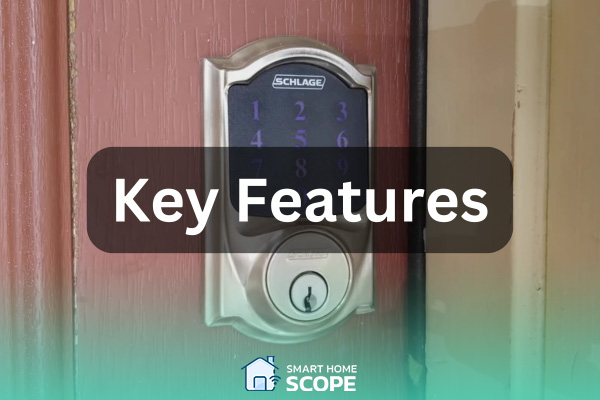
Schlage Encode vs Connect: Key Features Comparison
Connectivity
Connectivity is one of the main areas where Encode and Connect differ. Schlage Encode is more straightforward, hooking directly to your Wi-Fi network, so you don’t have to worry about adapters or hubs cluttering your setup. This is the best approach for those who prefer simplicity and aren’t into complex setups—just take it out of the box and connect it to your Wi-Fi!
On the other hand, Schlage Connect takes a more traditional route, which is more appealing to smart home enthusiasts. This smart lock uses Z-Wave technology for communication. You’ll need a hub like SmartThings or Wink to unlock its full potential.
While Schlage Connect’s connectivity might seem like extra work, users who already have a Z-wave network setup will definitely find this model rewarding, as Connect can beautifully integrate with other devices like smart lights or smart thermostats.
So, if you’re a smart home enthusiast who already has an ecosystem based on Z-Wave, Connect is the better choice. However, those who don’t like tinkering with hubs and networks are better off with Schlage Encode.
Schlage Encode offers effortless Wi-Fi connectivity, while Connect relies on Z-Wave technology and a hub, catering to smart home aficionados seeking deeper ecosystem integration
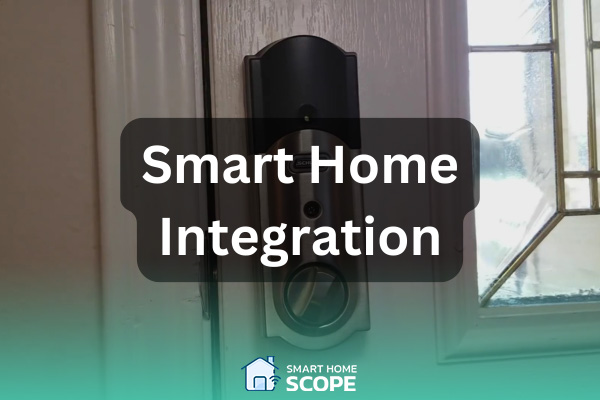
Integration with Smart Home Systems
Both Schlage Connect and Encode are fully compatible with the Amazon Alexa and Google Home ecosystems. However, as I mentioned earlier, Schlage Connect requires a Z-Wave/ Zigbee hub like SmartThings, Wink, or Ring Alarm to connect to Wi-Fi, which then enables it to integrate with Alexa and Google Home.
The Schlage Encode has an additional feature called Amazon Key, which allows for comfortable, in-home deliveries. This is ideal for frequent Amazon shoppers who want to receive a package securely when they’re away.
Schlage Connect’s Z-Wave compatibility is an extra perk for smart home integration. Z-Wave devices are designed to be interoperable. Schlage Connect can seamlessly work with third-party manufacturers’ devices.
This is a very important advantage for Schlage Connect as there are many devices with which to integrate this smart lock, adding flexibility for later purchases. This also allows for advanced automation possibilities, where you set rules to make your smart devices work together in your Z-Wave network.
User Code Capabilities
Schlage Encode allows users to set up to 100 user codes, while Schlage Connect is a bit more modest, with a limit of 30 user codes.
I don’t think Connect’s limit is a big deal since even 30 is more than enough for most households. However, managing codes with this model involves using the hub’s interface or keypad programming, which isn’t as intuitive as Encode’s app-based system; more on that in the App control section.
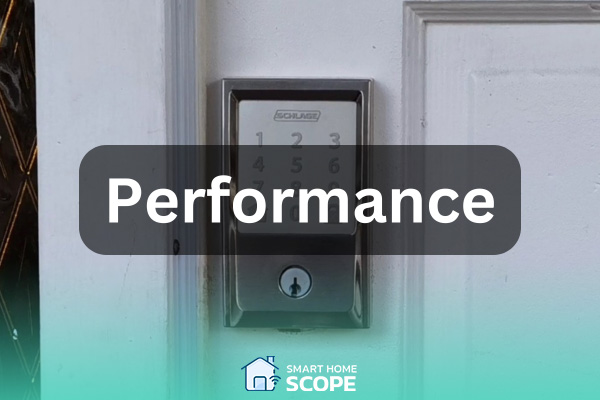
Schlage Connect vs. Encode: Performance and Usability
Installation Process
The installation process isn’t a big hassle on either smart lock. All you need is a Phillips screwdriver and 15-20 minutes of your time to replace your deadbolt.
The installation process for both locks is pretty DIY-friendly. But, as I already mentioned, Encode has the upper hand here since it directly connects to your Wi-Fi network.
You don’t have to worry about pairing the Encode with a hub or navigating third-party software during the setup process; all you need to do is connect to your home network via the Schlage Home App. It even walks you through the steps to make it easier.
Battery Life
Judging a device’s battery life requires long-term usage, which isn’t something I’ve experienced with these two models. However, considering Wi-Fi is a more power-intensive energy source, and Schlage’s claims, the batteries on Schlage Encode are expected to last 6 months.
On the other hand, the Connect model operates on Z-Wave, making it a less power-consuming option. According to Schlage’s website, this model’s batteries are expected to last for a year.
The good thing is that both models have a low power indicator, which warns users before the batteries are completely dead, giving them time to replace the old batteries with new ones.
App and Control Experience
This is where the Schlage Encode truly shines. This model integrates with the Schlage Home app, which lets you lock and unlock your door, manage user codes, and even track activity logs in detail; this is a real score for this model, as it enhances user experience. This app also lets you manage the auto-lock feature and supports push notifications.
On the opposite side, we have Schlage Connect, which unfortunately doesn’t have a dedicated app. Instead, you rely on third-party apps like SmartThings or Wink. While these apps allow for integrations with other Z-Wave devices, they have limited support for Schlage Connect’s features.
I used the SmartThings app for the Schlage Connect, and there wasn’t much to do for controlling the smart lock. There were just a few basic functionalities like locking, unlocking, and checking the battery status, not nearly as detailed as what you can do with Schlage Encode on the Schlage Home App.
Schlage Encode delivers a rich feature set through its dedicated app, while Schlage Connect depends on third-party platforms, offering more restrained capabilities.
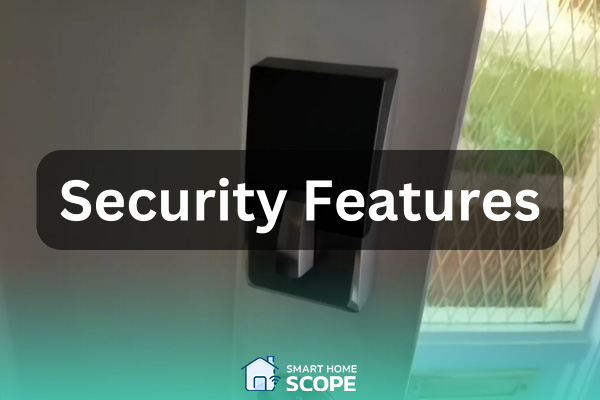
Schlage Encode vs. Connect: Security Features
Schlage has always been a reliable security brand. When comparing Schlage vs. Kwikset or Schlage vs. Emtek, you realize how professional Schlage’s smart locks are regarding security.
Built-in Alarms
Both models offer a decent alarm system for detecting tampering or forced entry. The alarm is also triggered when PIN codes are repeatedly entered. While not as loud as a standalone security alarm, the alarm is a nice feature.
In my experience, the tamper alerts on these locks are responsive. Still, they really impress me when integrated into a broader system. For instance, the Connect allows you to program other devices like cameras or security lights to respond if the alarm is triggered.
The Encode is a notable device, but it doesn’t offer this level of automation. However, it can still be better when integrated with the Ring Alarm system.
Grade 1 Security Certification
The good news is that both locks have Grade 1 security certification, the highest standard for residential locks.
While I haven’t personally tried breaking these locks, this certification can provide peace of mind, ensuring customers that these products can withstand significant force, which makes them reliable for home protection. Both locks come with a sturdy deadbolt mechanism and a durable build that feels solid to the touch.
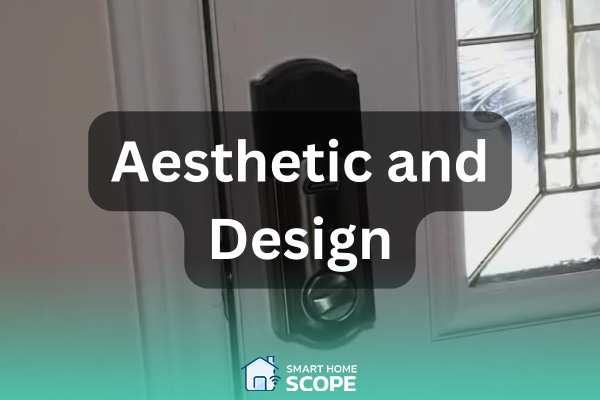
Aesthetic and Design Considerations
Design and Size
In terms of aesthetics, both Schlage Encode and Connect offer a modern, polished appearance with many finishes to choose from: matte black, satin nickel, and aged bronze. Therefore, you have many faces to choose from, giving your home your desired design.
Their main difference in looks is their size. The Connect is bulkier, justified by the presence of the Z-Wave module on this smart lock. Meanwhile, the Encode is the sleeker, more compact option for those who prefer minimal styles.
Noise Levels
I’ve also noticed a difference in each device’s noise during the locking/unlocking operation. The Encode is quieter, which is a positive point if you want the least amount of noise from your smart lock.
While not excessively noisy, the Connect produces a more noticeable sound, which isn’t a dealbreaker. Still, it’s worth noting if you’re a detail-oriented person.
Customization with Handles and Trims
Another thing that makes me appreciate these locks is how you can customize their look further by pairing them with matching handles and trims. Schlage considers every taste and complements both the Encode and Connect with many styles, from sleek modern to traditional ones.
Schlage Encode vs. Connect: Pricing and Value
When it comes to cost comparison, there’s not much to discuss. Currently, the Encode is around $230 on Amazon, and the Connect is around $240.
However, with Schlage Connect, there’s an additional cost for a compatible Z-Wave like SmartThings that can add up if you already don’t have one, so that’s something to keep in mind. So, I would say just go with the Encode if you don’t have a hub and prefer a plug-and-play solution.
Conclusion
This was my complete Schlage Encode vs. Connect guide. The final choice depends on your personal situation. Have you already invested in a Z-Wave setup? Then Connect would be perfect for you! If you prefer an easy setup with a direct Wi-Fi connection, go with Schlage Encode.
